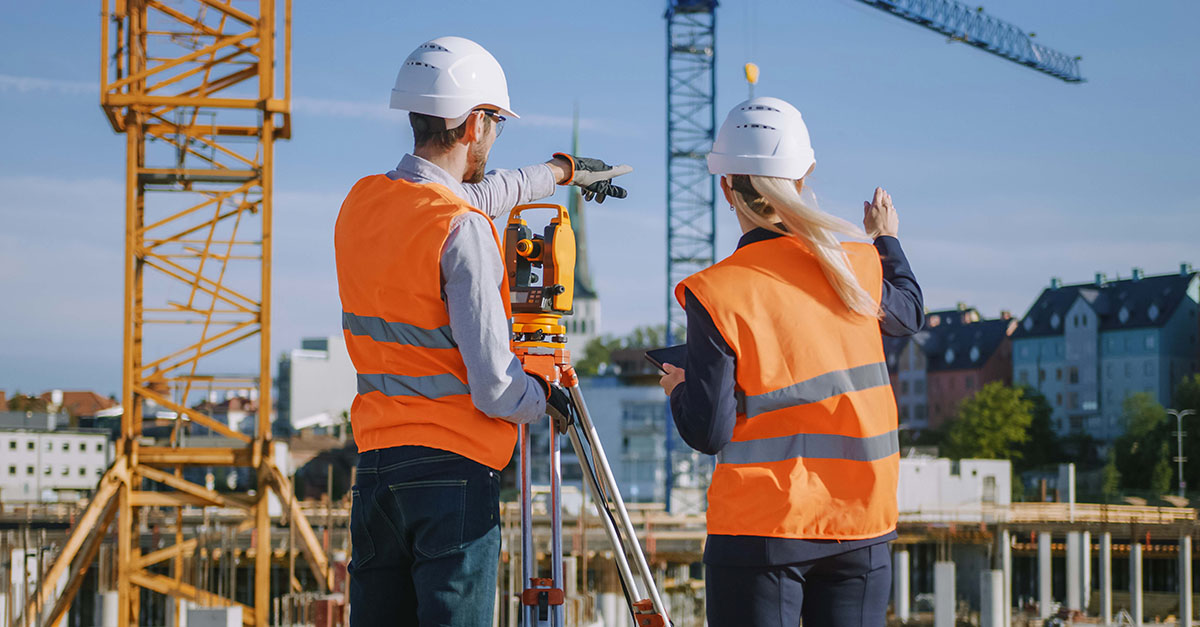Construction Project Management is a critical component of any successful building project. From planning and budgeting to overseeing the completion of each step, it requires skillful oversight and attention to detail.
Whether you’re a construction professional or someone looking to build your dream home, understanding how this process works is essential for ensuring the success of your project.
In this article we will explore the basics of Construction Project Management – from laying out design objectives and timelines, managing stakeholders’ expectations, budgeting resources effectively, and more. Well also look at some best practices that will help you ensure your project runs as smoothly as possible – from start to finish!
Understanding the Planning Phase of a Construction Project

The planning phase of a construction project is one of the most important steps for achieving successful results. It involves analyzing, designing, and organizing the various components that make up the whole project. During this phase, it is critical to review any existing plans or documents related to the proposed construction project to ensure that all necessary information is gathered before beginning work.
Additionally, stakeholders must be consulted so that their needs are taken into account when making decisions and formulating strategies. One major part of the planning process includes identifying any potential risks associated with carrying out the project and developing mitigation strategies for these risks if possible.
This helps reduce costs by avoiding delays or unexpected problems during execution later on down the line. Additionally, having an accurate budget set at this stage can help save time as well as money throughout all phases of a given construction project. Taking into consideration different factors such as labor costs, materials needed, machinery hire rates, etc., will provide a more accurate picture of what kind of resources are required and how much they are likely to cost overall.
Finally, setting clear goals and expectations around timelines is also essential during this phase for everyone involved in managing or executing a particular construction project to remain focused on meeting deadlines without compromising quality standards along the way. Allowing sufficient time for each step should result in fewer issues further down the line while helping ensure that projects are completed both safely and effectively within the expected parameters established beforehand by stakeholders.
Implementing Effective Strategies for Managing Materials and Labor Resources

When it comes to effective resource management for construction projects, the key lies in developing clear strategies that maximize material and labor resources. It is important to create an action plan for how materials will be acquired and used throughout the project’s duration as well as establish a timeline of when labor resources need to be allocated.
Additionally, having realistic expectations about what can be accomplished with available budgets and personnel should help guide decisions related to resource allocation. The most successful strategies involve actively monitoring progress on the project so that any changes or delays are identified quickly enough for corrective actions to take place. This would also entail being able to accurately predict future needs by taking into account various factors such as weather, project scope, and other external conditions.
Moreover, keeping track of inventory levels is essential to ensure that materials can always be readily available without having excess material left over at the end of the job which could lead to financial losses. Finally, communication between all parties involved — from contractors and suppliers down through subcontractors — must remain open so that everyone has access to up-to-date information regarding their responsibilities within the overall framework of the construction project management process.
By following these steps carefully while making sure decisions are based on accurate data collection and analysis, managers will be better equipped in ensuring efficient utilization of both materials and labor resources leading toward a more successful outcome for all stakeholders involved.
Ensuring Quality Control on Construction Sites

Quality control is an essential part of construction project management. Ensuring that the job site meets all legal requirements and safety guidelines, as well as adhering to a set of specifications, are key components in any successful construction operation. Guaranteed quality control on a job site requires constant monitoring and evaluation so that any problems or issues can be identified quickly and addressed before they become costly mistakes.
The most effective way to ensure quality control is by developing and implementing standard operating procedures (SOPs). These SOPs should include specific procedures for inspecting materials upon delivery, evaluating contractors’ performance throughout the project cycle, testing completed work against established standards, maintaining accurate records of inspections and tests performed, documenting details about changes made during the project, and other critical tasks related to ensuring quality control.
Furthermore, all personnel involved with the project must have a complete understanding of these SOPs so they can properly carry out their assigned duties. Proper training is also vital when it comes to guaranteeing high-quality results from a construction project. All personnel should receive instruction on proper safety protocols such as wearing protective equipment when necessary and following safe lifting practices for heavy items; information about how best to use tools appropriately; methods for problem-solving common construction challenges; techniques for working efficiently while minimizing errors; plus additional skills needed depending on individual roles within the company or organization sponsoring the project.
Finally, comprehensive documentation needs to be kept throughout every phase of the process to maintain transparency between those managing projects at different levels – from supervisors overseeing large-scale operations down through workers responsible for more detailed aspects like installation or finishing touches – which helps ensure accuracy across all teams involved with a given buildout.
Instituting rigorous policies regarding quality assurance alongside clear expectations around communication between team members at various stages in each stage’s development cycle ensures everyone understands what’s expected from them to achieve success with each endeavor undertaken
Conclusion
Construction project management (CPM) is the art of scheduling, coordinating, and controlling all aspects of a construction project from start to finish. BuildOps provides robust tools that help streamline CPM processes so that projects can be completed quickly, efficiently, and within budget.
CPM requires knowledge in areas such as resource planning and scheduling, cost control, risk management, quality assurance, and safety regulations. The ability to effectively manage these elements ensures the successful completion of any construction project; BuildOps makes it easier than ever before with its comprehensive suite of software solutions for optimized workflow automation.
With BuildOps help managing a complex construction project no longer has to be overwhelming – the process is simplified into an easy-to-follow pathway towards success!




